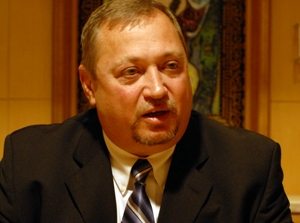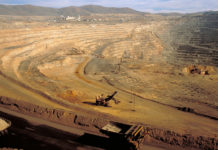
[miningmx.com] – SIBANYE Gold continued its trail-blazing form since listing just over a year ago producing $243m in full-year headline earnings and saying it could generate cash at gold prices lower than the current level.
“Sibanye Gold is now comfortably positioned in the lowest quartile of the global all-in cost curve and is capable of generating solid cash flow under lower gold prices than currently prevail,” CEO Neal Froneman said in the group’s results announcement today.
Whilst the rest of the South African gold mining sector focuses on survival, the task for Sibanye Gold will be matching its current performance.
“I am confident that we have now sustainably arrested the declining production and rising cost trends that have characterised these operations for many years, and that the higher production levels can be maintained,” said Froneman.
Crucially, the company took net debt down to R498m from R3.9bn at the outset of the company. Charl Keyter, the company’s CFO, said he was focused on being debt free and would dedicate free cash to dividend repayments and then projects.
“The first call on cash is the dividend, then we will look at projects,” he said. Froneman added that while the company was not actively looking for new deals, it would consider transactions if they were truly earnings accretive.
He said some R1.2bn would be spent on the Burnstone mine, owned by Wits Gold that Sibanye is currently buying, in order to develop the mine. “We view Burnstone as a project where the mine has been sunk but not developed,” he said.
The company, which listed in February following the de-merger of assets from Gold Fields, declared a final dividend of 75 cents/share resulting in a full-year dividend of 112c/share. At the current share price, the dividend yield is about 5.5%.
Shares in Sibanye Gold are 57% higher on a 12-month basis, but Froneman said the company’s share price still had room to travel.
Commenting on prospects for the current financial year, Froneman said production would be stable at 1.4 million ounces – a level he said could be maintained over the next decade – at total cash costs of $1,100/oz.
“We really are suggesting that we can deliver a year life the one we’ve just had,” said Froneman who added, however, that further restructuring was likely with some 1,500 employees considered surplus to requirements at a cost of R150m.









